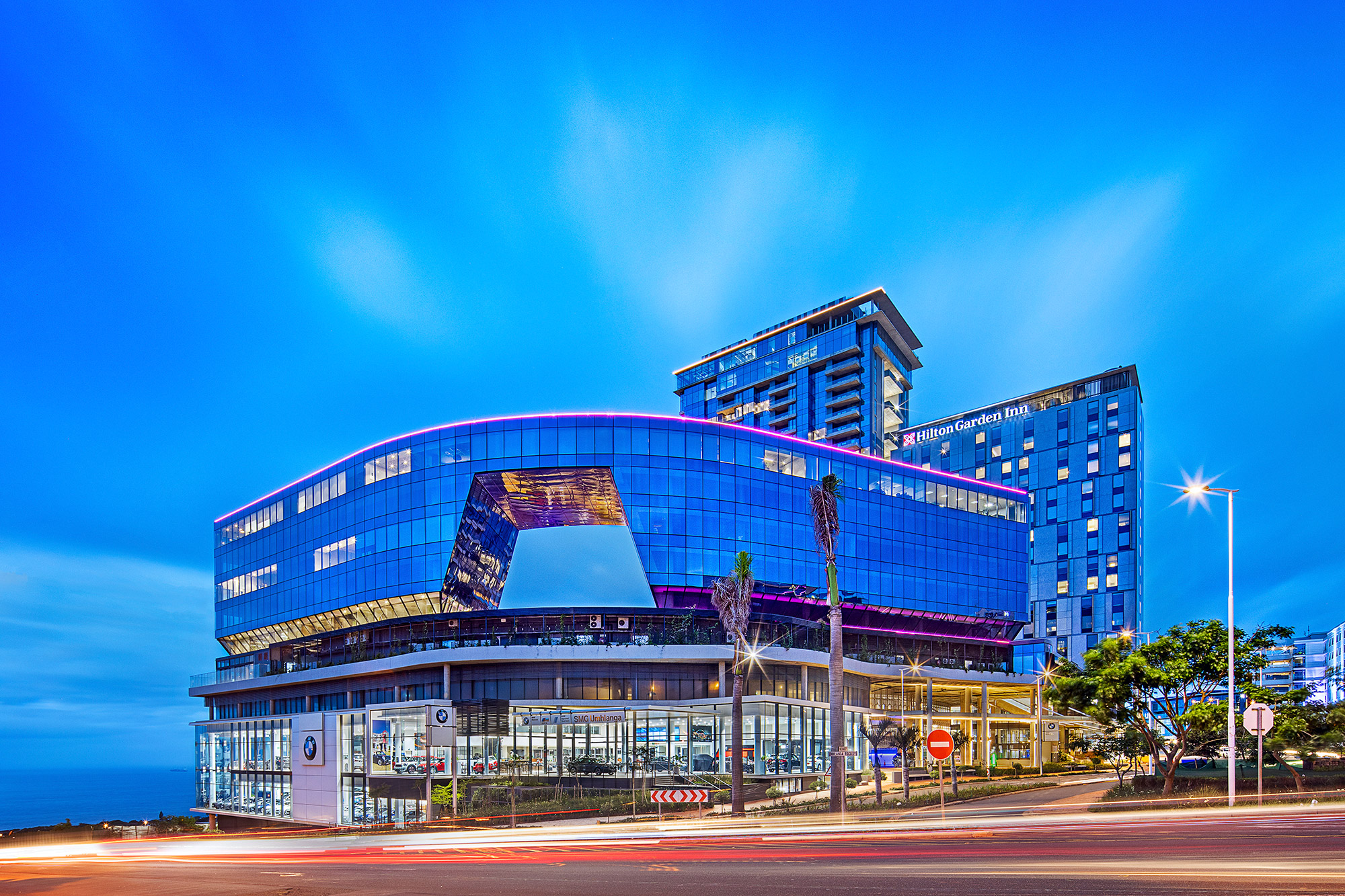Do Cities Hold the Key to Sustainability?
City growth shows no sign of slowing down, with three out of every four humans predicted to live in cities by 2050. This rapid rise in urbanisation has led to the occurrence of megacities, which are large metropolitan areas with populations of over 10-million people. Today, there are about twenty-five megacities worldwide, with 80% of them located in developing nations.
More than 75% of the world’s natural resources are consumed within urban areas, and the built environment accounts for 40% of all carbon emission. As a result, minor changes in the city’s approach to resource consumption can have significant impacts across the globe.
A city’s infrastructure, urban layout, geographic location, and the type of activities that take place within them all contribute to the extent of their influence over the surrounding landscape and environment. These impacts can be organised into three categories: ecological invasion and disruption, resource consumption and waste & pollution.
The problems with our cities today
It is alarmingly clear that the major problems of our building and planning methods need to be addressed. Conventional but flawed building and planning methods, slums and informal settlements, and the lack of consideration for the environmental, economic, and cultural character of a place because of globalisation, are amongst the most pressing issues facing our cities today.
The increased and widespread dependence on motorised transport because of urban sprawl and car-dominated city planning has had a profound effect on both the environment and the life of urban residents. Urban infrastructure is spread outward across rural land, disconnecting the workplace from the marketplace, and public spaces from private ones.
“We’ve been building cities as if the most important element is the car. We should be building like the most important element is the people.” – Brent Toderian
How to make buildings sustainable
At basic level, a sustainable building is simply a structure that can sustain itself and its occupants without a heavy dependence on resources. They also carry a lower environmental impact throughout their life cycle because of smart design strategies, choice of materials during construction, and the management of waste. They are seen to add tremendous value not only to the surrounding natural environment and community, but to those that occupy the building daily.
The basic approach to creating any sustainable building should be to reduce the overall need for energy and other resources such as water, heat, lighting, and cooling through passive design strategies. The second should be to harness technologies and strategies that increase the performance and efficiency of the resources used. Then, when energy and resources are needed, we should harness and retrieve these resources in ways that are socially, economically, and environmentally sustainable.
Cities and the key to sustainability
The popular view of our day is that cities may hold the greatest opportunity for sustainable human living. Large investments in education and sanitation, clean water, and electricity infrastructure, have transformed cities from places of decay, pollution, and sickness into places of improved health and wellbeing.
Cities have remarkable potential to facilitate and amplify human creativity, communication, and innovation. It is within a diverse and dynamic urban framework that the greatest human innovations and breakthroughs have occurred.
The world’s most sustainable cities currently are Frankfurt (Germany), London (England) and Copenhagen (Denmark).
It is vital that cities continue to become centres of excellence in the face of our current and future challenges. If cities are designed to maximise the exchange of ideas, information, and resources, they can be an extremely powerful tool in helping us find solutions to our problems.
“Sustainability can’t be like some sort of moral sacrifice, political dilemma or philanthropical cause. It has to be a design challenge.” – Bjarke Ingels
It is clear that well-designed cites will play a key role in achieving long-term sustainability.


